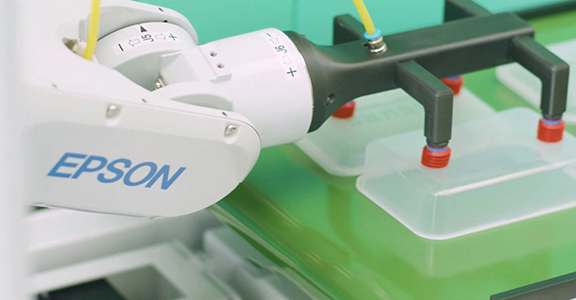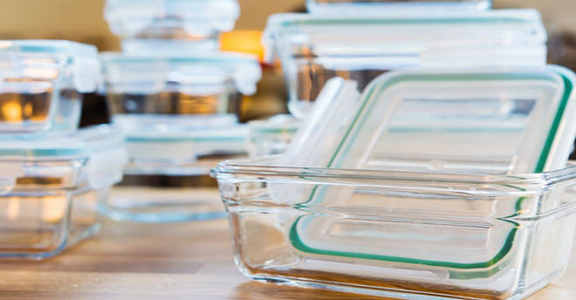Polypropylene is often referred to as the "steel" of the plastics industry because it can be modified or customized in a number of ways to best serve a specific purpose. This can usually be achieved by introducing special additives into it or by making them in a very special way. This adaptability is critical.

General-grade single polymer, which is called homopolymerization, is the raw material of pure propylene polymerization.
The impact resistance grade is a single polymer with ethylene propylene rubber added. The impact strength mainly depends on the rubber content, and the cold resistance mainly depends on the ethylene content. The production process of each raw material manufacturer is different, and the maximum ethylene content is also different.
Transparent grade random copolymer is a copolymer of propylene added with ethylene, and ethylene is scattered in the polymer irregularly, which mainly reduces the crystallinity of the polymer and improves the transparency.
The high crystalline grade reduces the content of dislocation structure in PP polymer, and relatively increases the content of regular structure, which also increases the crystallinity. Mainly improve the rigidity, heat denaturation temperature, surface hardness, scratch resistance and gloss of raw materials. Of course, adding a nucleating agent will also contribute to the improvement of the above physical properties.
The heat-sealing grade is an extension of the random copolymer. Generally, the content of ethylene (non-EPR) in propylene is up to 3.5%, but there are processes that can be added to 5%. The higher the ethylene content, the softer the product. The lower the sealing temperature, sometimes in order to increase the ethylene content, butadiene or other third components must be used to form a terpolymer to meet the above physical property requirements.
Alloy grades of different plastic raw materials are mixed with high proportions. For example, adding LDPE to PP can improve softness and impact strength, reduce necking and increase flatness during processing, and reduce falling material during molding. PP plus EPR plus HDPE can maintain rigidity, reduce whitening caused by high EPR content, and improve impact strength.
Composite materials Mixing of different materials is called composite materials, such as adding glass fibers, various inorganic mineral powders, organic wood powders, paper scraps or grain microchips to improve various physical properties in PP materials. Mineral powder also includes: talc, calcium carbonate, barium sulfate, mica, carbon black, carbon fiber and bromide.
Rubber, TPR (thermoplastic rubber) and TPE (thermoplastic elastomer), sometimes it is difficult to distinguish, and there are various definitions, most of the rubber can be mixed with PP, except for the EPR series, it is also very Difficult to define blends are localized within alloy or composite terms. Generally, the rubbers that are often mixed with PP are EPR and EPDM. The brands suitable for direct mixing with PP are CATALLOY, PLASTOMER, ENGAGE, TAFMER, KRATON and SANTOPLENE.
Special specifications that are not covered in the previous category can be classified into this category. For example, high melt strength raw materials (HMS, High Melt Strength) can be used in foamed materials to improve surface air tightness and improve foaming effect, and can also reduce sheet metal. Forming drop phenomenon.

In fact, in many applications, especially packaging and household products, contact or transparency and clarity are very important product indicators. In these application scenarios, polypropylene product manufacturers can lock the raw material selection between homopolymers and block copolymers, of course, except for thin-walled parts and polypropylene film products, basically all products show a certain degree of transparency.Both homopolymer and random copolymer offer contact clarity during close contact between the object and the container wall.Only random copolymers provide perspective.The clarity can be improved with a nucleating agent called a clarifying agent.
In the actual wall thickness of most functional products made of block copolymers, most of them have a milky white and opaque appearance. Nevertheless, in some thin-walled products, such as cooked food barrels, candy boxes, etc., a certain degree of product contact transparency can be achieved.
Dema commits to create value for our clients, provide solutions of polymer raw materials, like PP, PE, PVC, PET, ABS and FIBC bags, and help you occupied a competitive position in your market. You are welcome to contact us at any time, we will serve you wholeheartedly.
